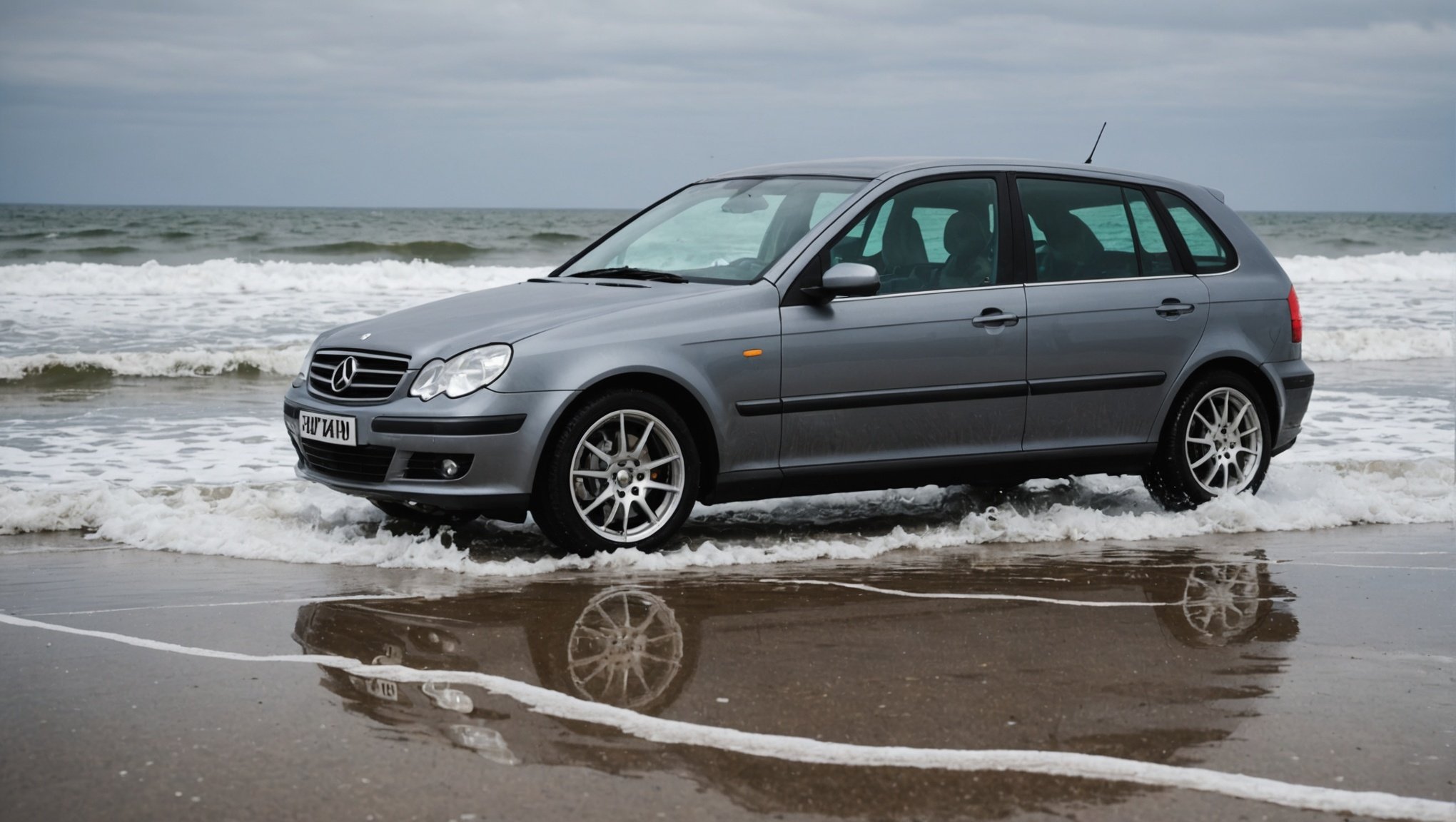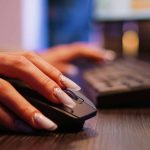The UK coastal climate poses unique challenges for your vehicle's exterior, exposing it to saltwater, wind, and relentless rain. These factors can lead to corrosion and dull paint, diminishing your car's appearance and value. With some practical strategies, you can protect your car's finish from the elements. This guide offers essential tips to help you maintain your vehicle's aesthetic appeal while ensuring it withstands the harsh coastal environment. Protecting your car now saves you costly repairs later.
Understanding the Impact of Coastal Climate on Vehicle Finish
Living in a coastal environment presents unique challenges for vehicle owners. Coastal climate vehicle protection is crucial due to the harsh environmental factors that can damage vehicle exteriors. One of the primary concerns is the high salt content in the air. Salt acts as a catalyst for corrosion, leading to rust and deterioration of the vehicle's finish. This is particularly problematic for metal surfaces, which can become compromised over time.
In parallel : Expert Tips for Caring for Your Retractable Hardtop Convertible in the UK’s Changing Weather
In addition to salt, moisture from the ocean air increases the risk of rust and corrosion. Vehicles parked near the coast are constantly exposed to high humidity levels, which exacerbates these issues. It's essential to regularly wash and wax your vehicle to create a protective barrier against moisture.
UV rays also pose a significant threat to vehicle finishes in coastal areas. The sun's rays can cause paint to fade and deteriorate, leaving the surface vulnerable to further damage. Applying a UV-resistant wax or sealant can help mitigate this effect.
In parallel : Unwind in style with luxury chauffeur service in bradford
Neglecting vehicle care in coastal areas can lead to costly repairs and a decrease in the vehicle's resale value. Regular maintenance and protective measures are vital to preserving the appearance and integrity of your vehicle in such environments.
Essential Cleaning Techniques for Coastal Conditions
Maintaining a vehicle in coastal areas requires specific car cleaning tips coastal conditions demand. Regular washing is paramount to counteract the effects of salt and moisture.
Importance of Regular Washing
Frequent washing is crucial for vehicles exposed to coastal elements. Salt and grime accumulate quickly, accelerating corrosion. A weekly wash helps prevent damage, maintaining the vehicle's finish.
Recommended Cleaning Products
To effectively combat coastal conditions, use products designed to remove salt and protect the vehicle's exterior. Look for salt-removing solutions and waxes that offer UV protection. These products provide a barrier against environmental damage, preserving the vehicle's appearance.
Effective Washing Methods
- Techniques to remove salt and grime: Begin with a thorough rinse to remove loose particles. Use a soft sponge and a salt-specific cleaner to tackle stubborn deposits. Rinse thoroughly to avoid residue.
- Frequency of washing based on coastal exposure: Vehicles closer to the shore require more frequent cleaning. Consider washing twice a week if your vehicle is parked near the ocean.
By following these car cleaning tips coastal environments necessitate, vehicle owners can effectively protect their investment and ensure longevity. Regular maintenance is key to combating the unique challenges posed by coastal climates.
Protective Coatings and Sealants
In coastal environments, applying vehicle protective coatings can significantly enhance the longevity of your vehicle's finish. There are several types of coatings to consider, each offering unique benefits.
Overview of Different Types of Protective Coatings
- Waxes: These provide a temporary protective layer that enhances shine and repels water. They require frequent reapplication to maintain effectiveness.
- Sealants: Offering longer-lasting protection than waxes, sealants create a durable barrier against environmental elements. They are typically synthetic and can last several months.
- Ceramic Coatings: Known for their durability, ceramic coatings form a semi-permanent bond with the vehicle's paint. They offer superior protection against UV rays, salt, and moisture.
Benefits of Waxes, Sealants, and Ceramic Coatings
- Waxes enhance the vehicle's appearance by adding a glossy finish.
- Sealants provide robust protection against harsh elements, reducing the frequency of maintenance.
- Ceramic Coatings offer the best protection, reducing the need for frequent washing and waxing.
Application Tips for Maximum Effectiveness
- Clean Thoroughly: Ensure the vehicle is thoroughly clean before applying any coating.
- Follow Instructions: Adhere to the manufacturer's guidelines for optimal results.
- Layering: For enhanced protection, consider layering a sealant over wax.
Seasonal Maintenance for Coastal Drivers
Living by the coast requires diligent seasonal car maintenance to protect your vehicle from environmental damage. Each season presents unique challenges that demand specific attention.
Spring Prep for Coastal Vehicles
Spring is the perfect time to address any corrosion that may have developed over the winter months. Begin by thoroughly inspecting your vehicle for signs of rust and addressing them promptly. Regularly wash your vehicle to remove any residual salt and grime. Applying a fresh coat of wax will provide an additional layer of protection against the increasing UV exposure as summer approaches.
Summer Protection Strategies
During summer, the combination of high temperatures and salty air can be particularly harsh on your vehicle. Regularly check and maintain fluid levels, as heat can cause them to evaporate more quickly. Consider using sunshades to protect the interior from UV damage and keep the car cooler. Ensure your vehicle's paint is protected with a UV-resistant sealant to prevent fading and deterioration.
Winter Readiness
Winter demands a focus on preventing moisture-related issues. Regularly inspect and replace worn-out weather stripping to prevent water intrusion. Consider using a ceramic coating for superior protection against salt and moisture. Addressing these corrosion risks promptly will help maintain your vehicle's integrity throughout the colder months.
The Role of Detailing in Protecting Finish
Detailing plays a pivotal role in maintaining a vehicle's finish, especially in coastal environments. The car detailing benefits are manifold, providing both aesthetic and protective advantages.
Importance of Professional Detailing Services
Professional detailing services offer comprehensive care that extends beyond basic cleaning. Experts use specialized tools and products to reach areas that are difficult for car owners to access. This meticulous attention helps in removing contaminants like salt and grime that can accelerate corrosion. Professionals also apply high-quality waxes and sealants, enhancing the vehicle's protective barrier against environmental elements.
DIY Detailing Tips for Car Owners
For those who prefer a hands-on approach, DIY detailing can also be effective. Start with a thorough wash, focusing on removing salt deposits. Use a clay bar to eliminate embedded particles, followed by applying a quality wax or sealant. Regular interior cleaning is also crucial to prevent damage from moisture and salt carried inside.
How Detailing Enhances Protective Measures
Detailing not only enhances a vehicle's appearance but also fortifies its defenses. By regularly removing harmful substances and applying protective coatings, detailing helps maintain the integrity of the vehicle's finish. This proactive care can significantly reduce the need for costly repairs and preserve the vehicle's value over time.
Recommended Products for Coastal Vehicle Care
Selecting the right car care products is essential for maintaining vehicles in coastal environments. The unique challenges posed by salt, moisture, and UV exposure require specialized solutions.
Top Cleaning Products
When it comes to cleaning, products like salt-removing solutions are indispensable. These are specifically formulated to neutralize salt and prevent corrosion. Look for brands that emphasize natural ingredients to avoid damaging the vehicle's finish. A good car shampoo with added UV protection can also help maintain the paint's vibrancy.
Best Protective Coatings
For protective coatings, ceramic coatings are highly recommended. They provide a robust barrier against environmental damage and reduce the frequency of maintenance. Sealants are another excellent option, offering long-lasting protection with less frequent application than waxes. Choose products that explicitly state their effectiveness against salt and UV rays.
Essential Tools for Maintenance
To ensure effective maintenance, invest in quality tools like a soft microfiber cloth and a clay bar. These are essential for removing embedded particles without scratching the surface. A pressure washer can be beneficial for thoroughly rinsing off salt and grime. When selecting tools, prioritize durability and compatibility with the products you use.
Visual Aids and Infographics
In the realm of car maintenance, visual aids such as infographics play a crucial role in simplifying complex tasks. These tools provide clear, step-by-step guidance, making it easier for vehicle owners to understand and execute maintenance procedures effectively.
Infographics on cleaning and protection techniques can be particularly beneficial in coastal environments. For instance, a visual guide detailing the process of applying protective coatings, such as waxes or ceramic coatings, can help users ensure they follow the correct steps for optimal results. Similarly, an infographic illustrating the proper washing sequence to remove salt and grime can prevent common mistakes that might lead to damage.
For those seeking further resources on coastal vehicle care, infographics can often be found in automotive magazines, online forums, or car care product websites. These visual guides are designed to be user-friendly, providing concise and direct information that can be easily followed. By utilising these resources, vehicle owners can enhance their understanding of essential maintenance tasks, ultimately preserving the longevity and appearance of their vehicles in challenging coastal climates.
















